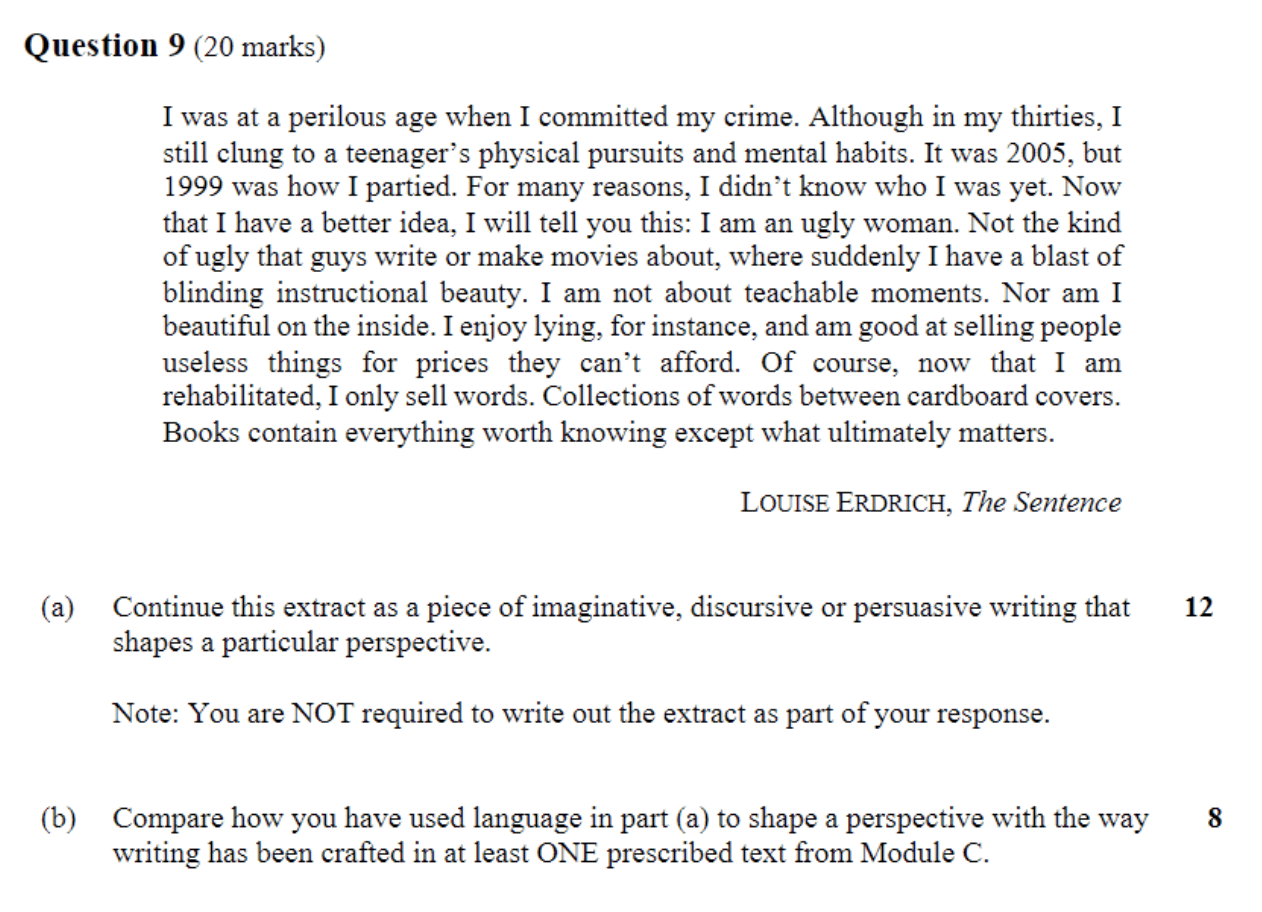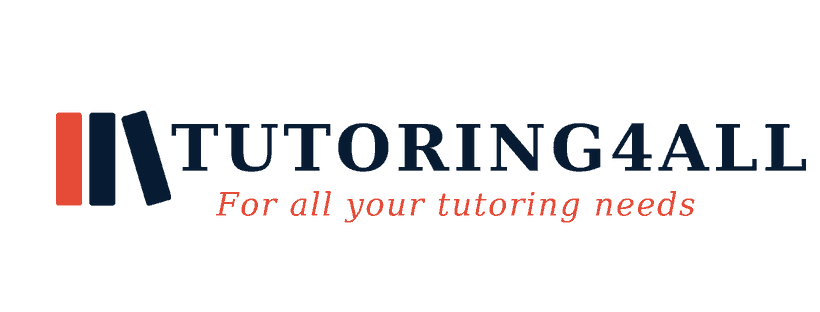A very good question. Glad you asked.
Whilst this is generally aimed towards the HSC course for Standard and Advanced English, what we share can also be applied to students completing their preliminary studies in the Reading to Write module.
So, let’s get on with it then.
When studying Module C (Reading to Write), you will have a minimum two set texts for study. There is an opportunity to deconstruct more than the two set (some schools study three and if you wish to conduct your own study there is nothing stopping you).
Usually the two texts are distinct– one is a creative/narrative text type and the other is a persuasive/discursive text.
The idea is that you will use what you have learnt from each of the texts when you are writing your own texts and then make direct references to the text when writing your reflection.
Here is an example of what it would look like completing this module and effectively using the set text to produce a band 6 response.
Lets take Eight Days in a Corset by Siri Hustvedt’s as our example– a very well written and interesting discursive piece.
The Studying Process
- During your studies of the piece, you will examine the literary and structural features that inherently develop the piece to achieve its purpose.
- For example, Hustvedt includes personal anecdotes, personification and the various sentence structure. When putting your notes together, it is best that you capture it as a table with supporting quotes and a few points on the effect of the technique in achieving the textual purpose. Check out our other blogs that share further details.
The Writing Process
- This is where students seem to become unstuck. When writing your own discursive piece, other than taking the literary techniques from the set text, you can write anything you like that answers the question and appeals to the stimulus where required.
- You don’t need to otherwise write about the same content or ideas that are in the set piece.
- Taking again Hustvedt’s piece that explores ideas of femininity and sexuality, it wouldn’t mean that you would have to also write about these ideas. If your piece does canvass them, that’s great too but don’t feel like you MUST. Just make sure that you include the techniques in your piece.
Enough telling, now to show you: 
Lets say we are going to write a discursive – it would need to continue from this excerpt and shape a particular perspective. Any ideas that you had previously prepared or practiced would work so long as you mold it to capture a perspective that would continue from this – perhaps about some sort of personal growth or development.
Then when writing your piece, you would need to make sure that you include personal anecdotes, personification and the various sentence structure that mirror the techniques in Hustvedt’s piece.
That way when it comes to the (b) section, you are able to say how these techniques have been able to shape the perspective that you created in part (a).
The above is a brief run down but we hope it gives you the start that you need. You can check out our other posts about attacking Module C for more information.
As always, feel free to get in touch with any questions.
